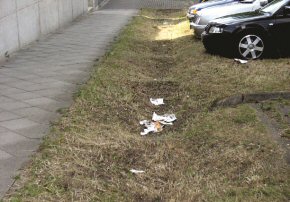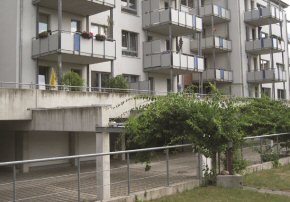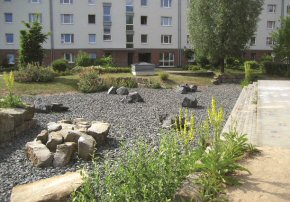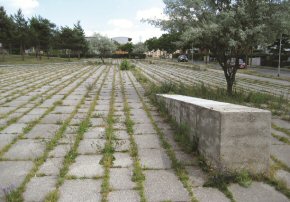WSUD in Kronsberg, Germany
The residential area of Kronsberg is made up of around 6,000 households. This was constructed in conjunction with EXPO 2000 and is intended to serve as an example of sustainable construction. The entire area is sited on a slope and is linked by a general rainwater concept.
The rainwater system in Kronsberg uses the natural slope of the terrain to feed surface water down to the natural wetlands at the foot of the hill. The Rohrgraben watercourse, which naturally flows along the foot of the hill, has been restored and supplemented with new water basins. The ground conditions for infiltration in Kronsberg are poor, which has presented a challenge to the WSUD system. Thus a solution has been selected whereby some of the water is managed on the surface, while the rest is managed underground in pipes and storage tanks. The rainwater is collected along the roads in swale-trench systems and in wide central reservations on the transverse streets, which lead from the top of the hill down towards the watercourse. In the courtyards, the rainwater is retained in basins without direct infiltration. Underground pipes feed the water on to a series of infiltration areas, and eventually to the recipient. The combination of these elements ensures that a set discharge requirement of 3 litres per hectare per second can be maintained.
Photos




